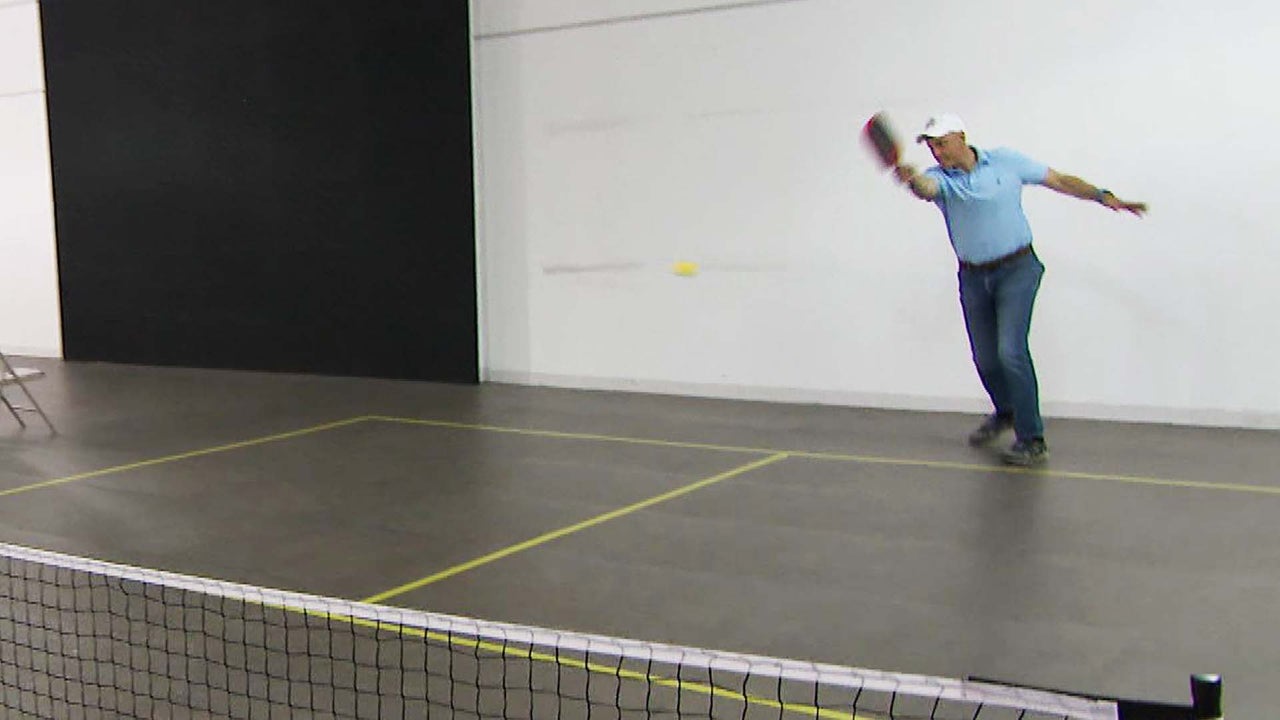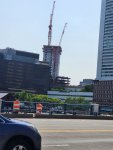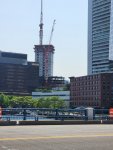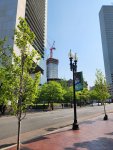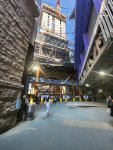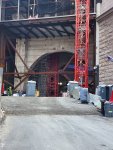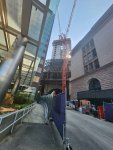Honestly, opinions on the pickleball craze aside, this general point is a great one whether you meant it seriously or not. It is ridiculous to allow ourselves to believe that no one wants to use these old commercial spaces. It is, rather, that no one wants to pay top dollar for these old spaces for conventional office work. Recreational spaces, performance spaces, artist studios, maker spaces, commercial space for more physically-intensive fields/industries, dance/music/performance practice spaces, and so forth, would be incredibly popular in a lot of these places. I know, I know, a chorus of people are going to reply that none of that is economically viable. But that's where good policy can come in: rather than trying to mess with companies' office use plans, the city would be better served directing economic development funding and tax breaks toward these causes - and, let's face it, the rents and property values of these places will eventually decline if they are underutilized anyway. Even the city of Nashua, NH bought up some old commercial properties downtown and redeveloped them into a new theater and performing arts space with a mix of public funding and private donations (yes, there was a funding drive: $21m from city, $4m donations). I bet some of Boston's corporate behemoths who are economically healthy yet using less office space would nonetheless be willing to chip in to a "downtown vitality fund".

^Photo credit
@Smuttynose ;
thread here
More to CityDweller's point: you've got MIT putting a Ping Pong space into a commercial building in Kendall (slide 7
here).
Is all of this going to be hard and painful and expensive, yes, but if the choice is lots of deteriorating vacant buildings vs. doing something hard, I think the latter is the right choice. Mayor Wu, tell me where to send the donation check (not kidding).
